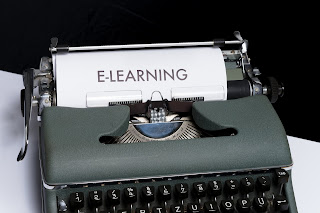Online learning or distance education, is a physical separation of students and teachers using different technologies to communicate effectively. I want to explore what distance education was like prior to the pandemic. How popular online learning was for college students, how prepared were students and teachers for online learning, and what are the statistics behind these questions.
Unfortunately, online learning, prior to the COVID outbreak, had a bad reputation. Most college students hated the idea of being “home-schooled” or not having the opportunity to meet face-to-face with teachers and classmates in a traditional college experience. The idea that online classes were also not as hard as traditional face-to-face classes making it seem that the student is not capable as other students. That isn’t the only reason distance education is not as popular post-pandemic. Early online learning programs were limited in their ability to deliver information to online students. They lacked the necessary help students were looking for as far as one-on-one questions with a professor or not having peers to rely on for study groups. With the rise of technology, we see a high volume of advancements in all areas of our tech world, including online learning. Even prior to the pandemic, big tech companies were making moves to improve distance education to allow accessibility to all, such as Bill Gates. This interest is great for the advancements of online education because with the investments come changes. The global education technology investments reached $18.7 billion in 2019 meaning online education can be more personalized with the delivery and students can learn at their own pace and skill level. Based on the information provided by the National Center for Education Statistics, 34.7 percent of college students were enrolled in at least one online course in 2018, compared to 33.1 percent in 2017. Even though that is less than a 2 percent increase, we are still seeing an upward trend prior to the pandemic.
Distance education is a vital part of learning, it eliminates barriers for students and reduces costs, democratizing access to education around the world. The more sophisticated the online learning programs the more students will be attracted and engaged. Adaptive learning is enabled through data analytics where data can be fed back into the program to influence learning soft wares and fill learning gaps. Other digital resources make it easier to have a continuous learning experience outside of the classroom. This allows our education system to grow with society and the changes occurring in the current world. By 2025, it is projected that the global online education market will be worth $350 billion, meaning online education will be much more readily available to anyone around the world. But how seamless can we transition from our traditional ways of in-person learning to distance learning? Will our teachers be technically prepared to handle the demands of an online learning environment? How will this affect students’ mentally?



No comments:
Post a Comment